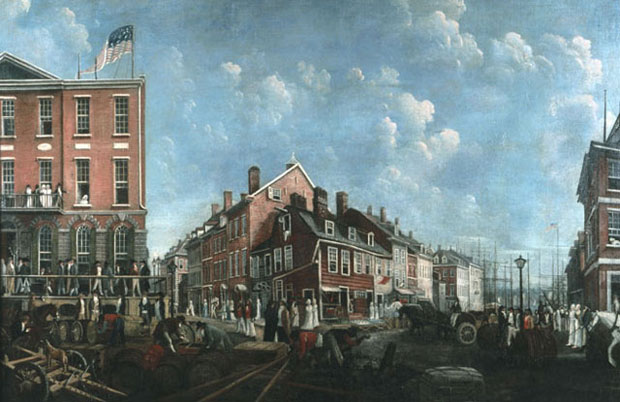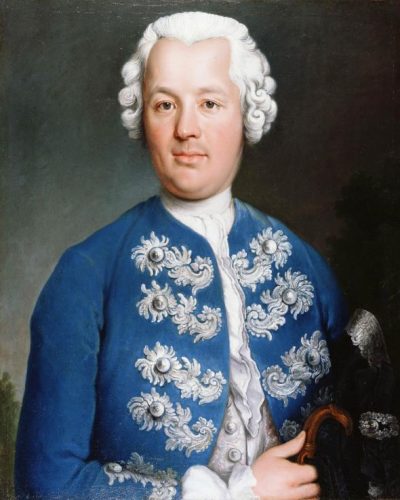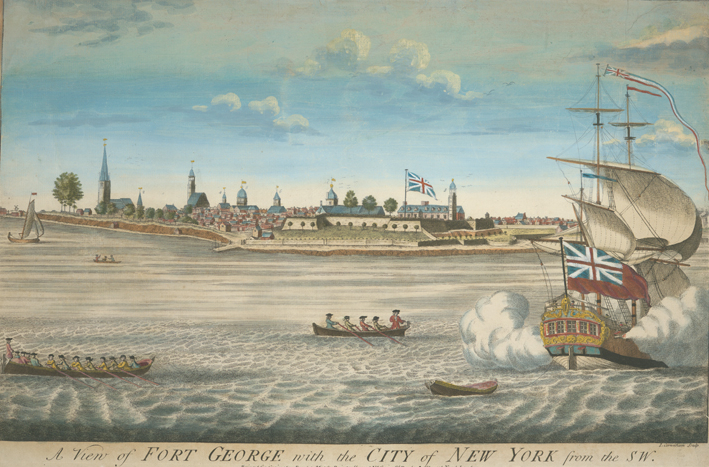The Fourth of July Riots made such an impact on the city, bands such as the Saugerties band from Hoboken, wrote a song detailing the fight, referencing the “Bloody Sixth Ward.” The extent to which gang life was part of the culture of New York City is evident in the fact that their exploits made …
Category: Tours
Bowery Boys and Dead Rabbits
On the night of July 4th, 1857 tensions between the Bowery Boys and Dead Rabbits culminated in a bang, starting a two day long riot that would captive the city. The New York Times described the scene: “a crowd of young vagabonds from Cow Bay and the neighborhood proceeded to the Bowery, at Nos. 40 …
Five Points – Paradise Square
“All that is loathsome, dropping and decayed is here” is the description Charles Dickens wrote in 1842 about Five Points. As you walk in the Civil Center of New York City today, you are surrounded by giant Classical structures, whose pillars and steps lead into court rooms of New York City. Further north is Columbus …
Luna Park
Luna Park, located between West 12th Ave and Surf Ave, was a vibrant amusement park from 1903 until the 1940s. Known as "Electric Eden" because every structure was dazzled with lights, visitors were often see standing in wonder, taking in all of the magic around them.
Breadlines in Depression-Era New York City
Whether it was suffering from unemployment, a wage cut, or from not having enough money left over after paying their bills, many New Yorkers found themselves so poor they could not afford to eat on their own expense, and often resulted to waiting on bread-lines for food. The term breadline refers to the lines that …

Trinity Church
The last stop on this tour of Revolutionary New York is Trinity Church. The current building is not the same one that stood during the Revolutionary period, as it burned down in a fire in 1776. Trinity was an Episcopal church whose steeple was an important feature of the city’s skyline, standing at 175 feet.[1] …

South Street Seaport
Our next stop on the tour is South Street Seaport. New York was an incredibly important port city in North America and in the British Empire as a whole. Much business was done here both in intercontinental and international trade. In 1769 alone, New York “shipped thirty-four separate commodities to Britain, thirty-five to the West …

Fraunces Tavern
The next stop on the tour is Fraunces Tavern, which was originally built as a mansion in 1719 by Stephen DeLancey. Located at Broad and Queen Streets, it was used for residential purposes, then as offices for a mercantile firm from 1740 through 1759. Samuel Fraunces bought it in 1762 and opened what was originally …

Fort George
Our first stop is Fort George, which no longer exists, but on its site can now be found the Alexander Hamilton U.S. Custom House, which now houses the Museum of the American Indian. Fort George, originally Fort Amsterdam, was built by the Dutch in 1626. Once under English control, the fort was called Fort James, …
Hoovervilles in Depression-Era New York
One of the most pressing issues during the Depression was the thousands of people who faced the struggle of finding shelter after being evicted from their homes and being forced out onto the streets. Many New Yorkers took to living in make-shift huts and homes located in parks or in alleyways. Large settlements of …